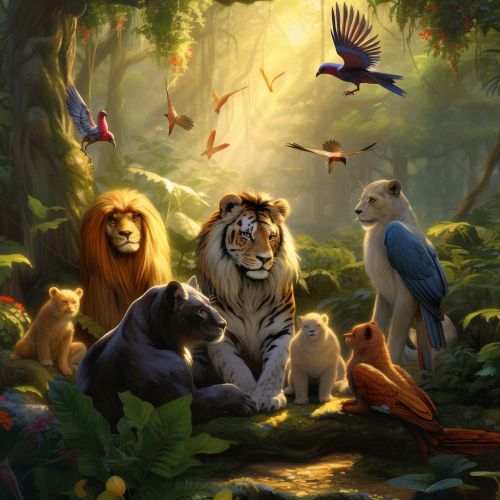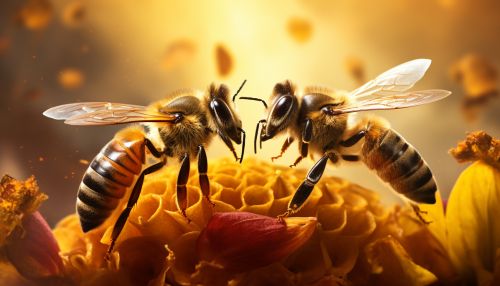Animal Behavior
Introduction
Animal behavior, also known as ethology, is a branch of biology that studies the actions of animals in their natural habitats. This field explores how animals interact with each other and their environments, focusing on the causes, functions, development, and evolution of these behaviors.


Historical Overview
The study of animal behavior dates back to ancient times, with early philosophers such as Aristotle and Pliny the Elder making significant contributions. However, the scientific study of animal behavior, as we understand it today, began in the late 19th and early 20th centuries with the work of pioneers like Charles Darwin, who proposed that animal behavior evolved through natural selection.
Causes of Animal Behavior
Animal behavior is driven by a complex interplay of factors, including genetics, environment, and experience.
Genetic Factors
Genetic factors play a significant role in determining an animal's behavior. For example, instincts or fixed action patterns are inborn behaviors that occur naturally in all members of a species. These behaviors, such as a spider spinning a web or a bird building a nest, are genetically programmed and do not require learning.


Environmental Factors
Environmental factors also significantly influence animal behavior. Animals respond to their environment in ways that enhance their chances of survival and reproduction. For instance, animals may migrate to warmer climates during winter or change their feeding habits in response to changes in food availability.
Experience and Learning
Experience and learning are other critical factors that shape animal behavior. Animals learn from their experiences, and this learning influences their future behavior. For example, if an animal eats a particular type of food and becomes ill, it may avoid that food in the future.
Types of Animal Behavior
Animal behavior can be categorized into various types, including foraging behavior, mating behavior, social behavior, and communication.
Foraging Behavior
Foraging behavior involves searching for and exploiting food resources. Animals have developed various strategies to find and capture food efficiently. For example, some animals, like wolves, hunt in packs, while others, like eagles, hunt alone.


Mating Behavior
Mating behavior includes the actions and activities associated with reproduction. These behaviors can involve complex rituals, such as courtship dances or songs, to attract mates. Some animals, like peacocks, use visual displays, while others, like birds, use vocal signals.
Social Behavior
Social behavior involves interactions among members of the same species. These behaviors can include cooperation, conflict, dominance hierarchies, and group decision-making. For example, bees live in highly organized societies with a clear division of labor.
Communication
Communication is a vital aspect of animal behavior. Animals communicate using a variety of signals, such as sounds, scents, body postures, and facial expressions. These signals can convey a wide range of information, including warnings about predators, indications of food sources, or invitations to mate.


Study of Animal Behavior
The study of animal behavior involves various methods, including observation, experimentation, and comparative analysis.
Observation
Observation is the primary method used in the study of animal behavior. Researchers observe animals in their natural habitats to understand their behaviors in the context of their environment.
Experimentation
Experimentation involves manipulating variables in an animal's environment to understand the causes and consequences of specific behaviors. These experiments can be conducted in the field or in a laboratory setting.
Comparative Analysis
Comparative analysis involves comparing the behaviors of different species to understand the evolutionary origins and functions of specific behaviors. This method can provide insights into why certain behaviors have evolved and how they contribute to an animal's survival and reproduction.
Conclusion
The study of animal behavior is a fascinating and complex field that provides insights into the intricate ways animals interact with their environment and each other. Understanding these behaviors can help us conserve biodiversity, improve animal welfare, and even shed light on human behavior.


